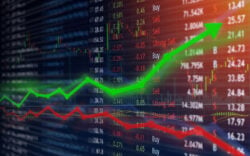Latest News
The high price of diversification in portfolios and power supply
23 April 2024
What is the meaning of this, price?
22 April 2024
How you could profit from a bubble’s boom and its bust
19 April 2024


